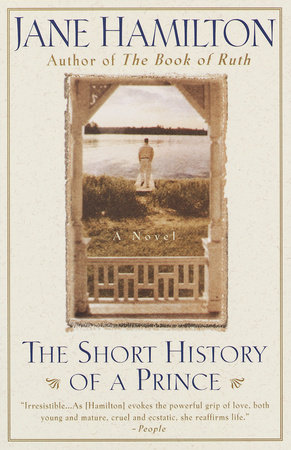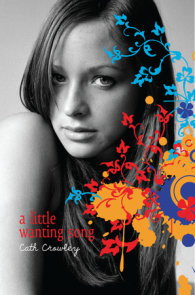READERS GUIDE
Introduction
The moving story of the torments of sexuality and the redemptive power of family and friendship, The Short History of a Prince is the story of Walter McCloud, a boy with dreams unlike most. Introduced as a child to the genius of Balanchine and the lyricism of Tchaikovsky, Walter has always aspired to be a dancer. As he grows older, it becomes clear that despite his desire, he lacks the talent, and he faces the painful knowledge that his more gifted friends have already surpassed him. Soon, however, that pain is overshadowed when his older brother, Daniel, finds a strange lump on his neck and Walter realizes that a family’s happiness can change overnight. The year that follows transforms the McClouds, as they try to hold together in the face of the fearful consequences of Daniel’s illness, and Walter makes discoveries about himself and his friendships that will change him forever. Decades later, Walter returns home and must come to terms with the memories of that year, grappling once and for all with the challenge of carving out a place for himself in an all-too-familiar world.Questions and Topics for Discussion
1. A sense of place is significant in each of Hamilton’s books. At the heart of The Short History of a Prince is the family’s summer home at Lake Margaret. What role does this big old house play in Hamilton’s tale? Why is it so important?
2. In A Map of the World, Hamilton takes the reader on a slow, downward spiral toward disaster; in The Short History of a Prince, she makes it clear early on that Walter’s brother will die, thereby revealing the book’s ultimate tragedy and then moving beyond it. Does this defuse the story’s suspense? Once you know of the death, what is it that makes you want to read on?
3. Walter’s response to his brother’s impending death is cruel and self-centered. Is his behavior understandable—even forgivable—at this point? Why or why not?
4. One of the pleasures of this novel is the evolution of Walter’s and Susan’s friendship. How does Hamilton manage to show each character at his or her worst in this relationship and yet convince the reader that they can be devoted friends?
5. Sue Rawson is an important figure in Walter’s life, and her association with the world of classical arts holds particular meaning for him. What do you think Hamilton is trying to say with her portrayal of this woman who seems to live on an altogether different plane than the rest of her family?
6. Is The Short History of a Prince written entirely from Walter’s point of view, or were there times when you felt the presence of an omniscient narrator? If so, how did this change of perspective affect your reading of the story? What about Walter’s humorous tone? Did his lighthearted attitude diminish the impact of this tale of tragic death, failed romance, and loss of a dream, or serve to make it even more poignant? How does Hamilton manage to take us through such a journey and end with hope?
7. How would you describe the world as portrayed in Jane Hamilton’s novels? Is it particularly just or unjust? Does it strike you as realistic?






















